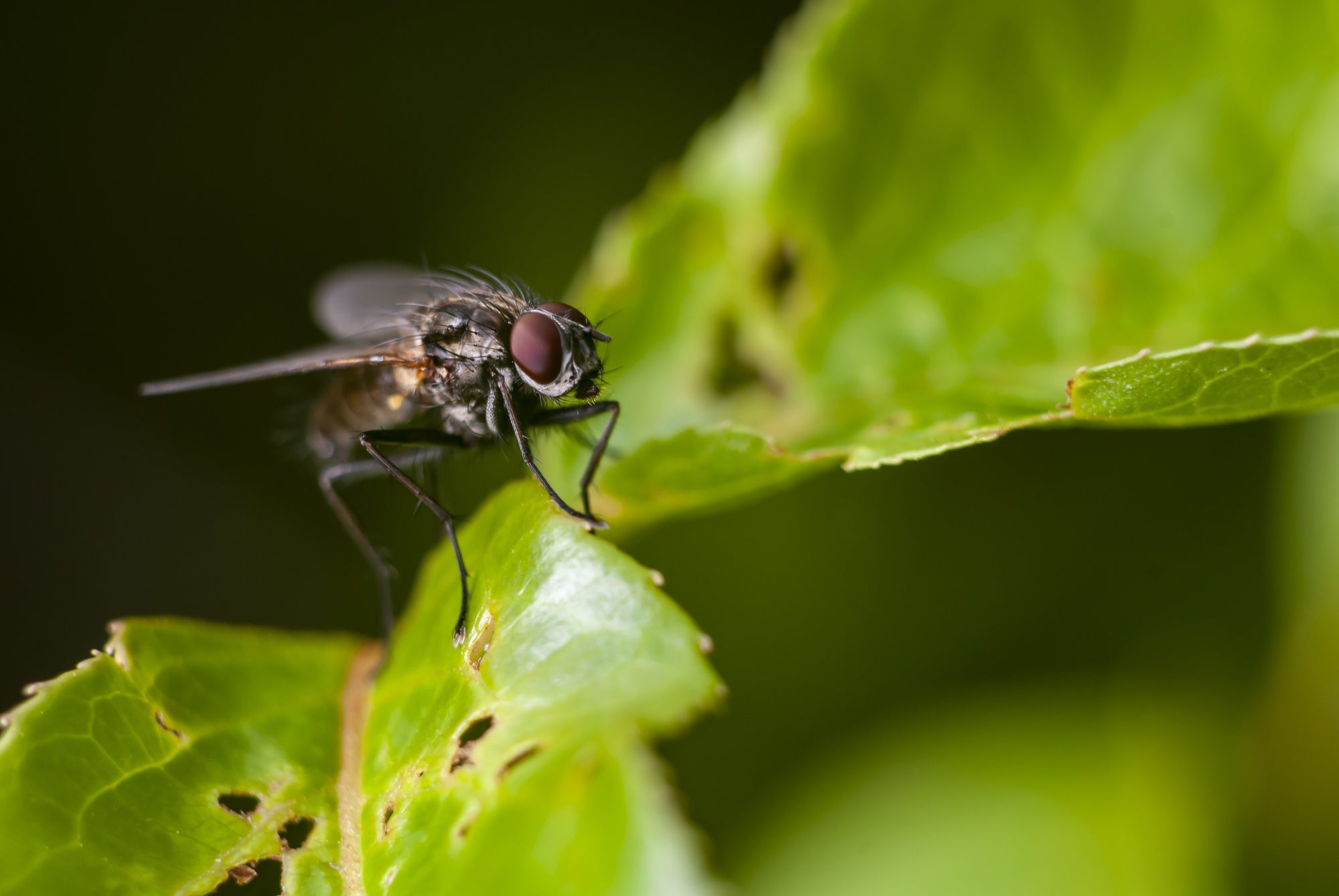Leafcutter bees are an ideal choice for home gardeners looking to boost pollination without worrying about aggressive behavior. These solitary bees are known for their precise leaf-cutting skills, which they use to create nests. While they can sting, it’s a rare occurrence and much milder than that of honeybees, making them a gentle option for any garden.
In this article, you’ll learn about the leafcutter bee sting, how to attract these beneficial pollinators, and where to find leafcutter bees for sale to improve the health and productivity of your garden.
Do Leafcutter Bees Sting?
Yes, leafcutter bees can sting, but their sting is very mild and rarely occurs. These bees are solitary and not aggressive, so they only sting when directly handled or threatened. Even then, their sting is significantly less painful than that of a honeybee or a wasp. Because they don’t form colonies, there’s no need for them to protect a hive, making them a much safer option for home gardens.
The Benefits of Leafcutter Bees in Your Garden
Leafcutter bees are incredibly efficient pollinators, especially for vegetables like peas, squash, and melons. They collect pollen on the underside of their abdomen, which helps disperse it to multiple flowers. One leafcutter bee can pollinate more effectively than many honeybees. Moreover, their gentle nature makes them ideal for small-scale gardening without the worry of aggressive behavior.
Where to Buy Leafcutter Bees
If you're interested in adding leafcutter bees to your garden, you're in luck. These bees are available for purchase from specialized suppliers. When buying leafcutter bees for sale, you’ll typically receive cocoons ready to hatch, along with instructions on how to care for them. Companies like Mason Bee Central ship bees during the warmer months, typically between late May and July, as these are ideal times for them to emerge and pollinate.
Prices for leafcutter bee cocoons can start around $30, with nests and other materials available separately.
Life Cycle of Leafcutter Bees
Understanding the life cycle of bees, particularly leafcutter bees, will help you create the perfect environment for them. Female bees lay their eggs in pre-constructed nests, each separated by a piece of leaf. These nests can be found in soft wood, hollow stems, or artificial bee hotels. The eggs hatch in the spring, and the new bees immediately begin their pollination duties.
How to Attract Leafcutter Bees
To attract leafcutter bees, plant their preferred flowers, such as roses, lilacs, and sunflowers. These plants not only provide nectar but also the soft leaves the bees use for nesting. Additionally, providing nesting materials like drilled wood or bamboo tubes will encourage them to settle in your garden.
Equip Your Garden with Swarm Commander
Leafcutter bees are a fantastic addition to any garden, providing efficient pollination without the risk of aggressive behavior. Their sting is mild, and their benefits to your plants are immense. Whether you’re an experienced beekeeper or just getting started, these bees can enhance the health of your garden and improve crop yields.
Want to create the perfect garden for pollinators? Check out Swarm Commander for bee-friendly tools, including beetle traps for beehives or bee trap attractants and resources for bee hive relocation. Visit Swarm Commander to learn more.
Frequently Asked Questions About Leafcutter Bees
Q1. Do leafcutter bees sting humans?
Yes, but only when handled. Their sting is mild and less painful than that of honeybee.
Q2. How can I buy leafcutter bees?
You can purchase leafcutter bees online from specialized suppliers. They are shipped as cocoons ready to hatch during the warmer month.
Q3. What plants attract leafcutter bees?
Leafcutter bees are attracted to plants like roses, lilacs, and other nectar-rich flowers.
Q4. Are leafcutter bees aggressive?
No, leafcutter bees are solitary and not aggressive. They only sting when handled
Q5. How do leafcutter bees benefit my garden?
They are efficient pollinators, especially for vegetables and fruiting plants, helping to improve crop yields.



